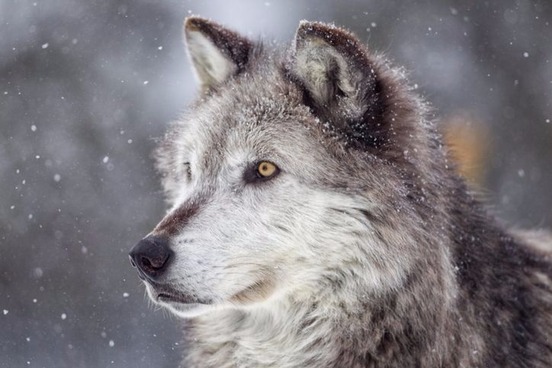
Wolf Moon
What it is: the first full moon of the year
'Wolf moon' is the name for the first full moon in a calendar year, and since a full moon occurs every 29.5 days (a period known as the synodic month), the wolf moon always occurs in January.
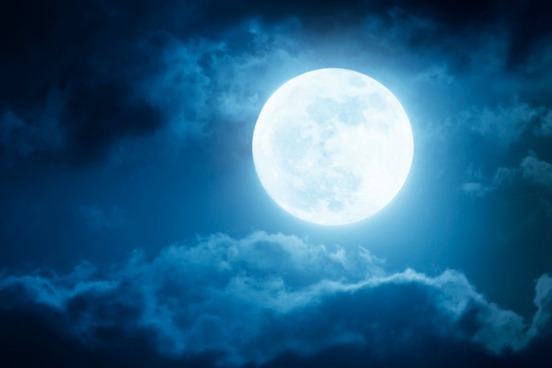
Blue Moon
What it is: the second full moon in a calendar month
Because most months have more than 29.5 days, there's bound to be some months with more than one full moon. When you have two full moons in a single calendar month, the second is called a blue moon. The term blue moon is also used in the phrase "once in a blue moon" to describe something that happens very rarely.

Strawberry Moon
What it is: June's full moon
Either the last full moon of spring or the first full moon of summer, the strawberry moon occurs in June and signals the start of the summer, when strawberries ripen in the US. The name apparently comes from the Algonquin tribes. A European name for this moon is the Rose Moon, or the Honey Moon.

Harvest Moon
What it is: the full moon nearest the time of the September equinox
The full moon that occurs closest to the fall equinox (approximately September 23rd) is the one called the harvest moon. Usually in September but sometimes in October, the harvest moon is so named because of the extra moonlight it provides in the evenings to farmers harvesting their summer crops. The angle of the moon's orbit relative to the horizon causes the fall full moon to rise faster than usual, which makes it seem like the moon is rising at the same time (near sunset) for several nights in a row, providing bright moonlight for harvesting.
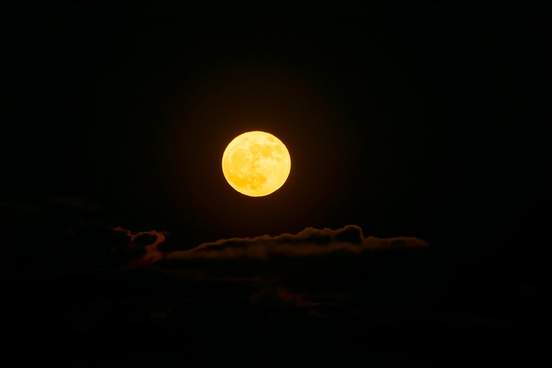
Hunter's Moon
What it is: the full moon after the harvest moon
Another moon name given to us from the Algonquin tribes, the hunter's moon is the full moon that occurs after the harvest moon. It is apparently called this because this is the time of year when hunters would begin to store meat for the winter months. Like the harvest moon, the hunter's moon also appears to rise faster providing extended moonlight for hunting in the evening.
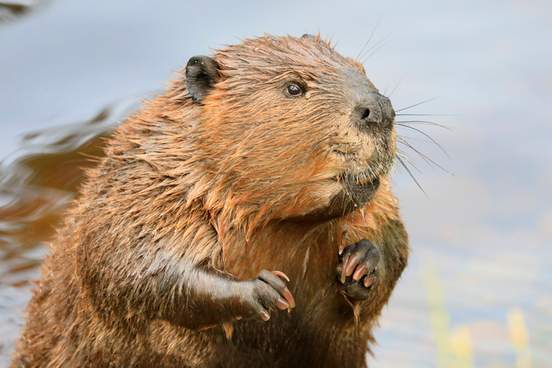
Beaver Moon
What it is: the first full moon of November
Beavers are known to build their winter homes in November to prepare for the first frost, which is why some say the November full moon is called a Beaver Moon. Other sources claim that the name comes from early Native American tribes setting beaver traps in November to use their pelts for warmth in the winter months.
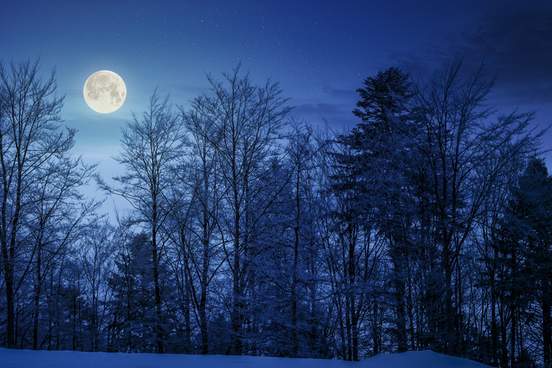
Long Night Moon
What it is: the moon nearest the winter solstice
The Long Night Moon, also known as the Moon Before Yule, is the full moon that occurs nearest the winter solstice. The winter solstice is also the day with the fewest daylight hours and the longest night, hence this moon's name.
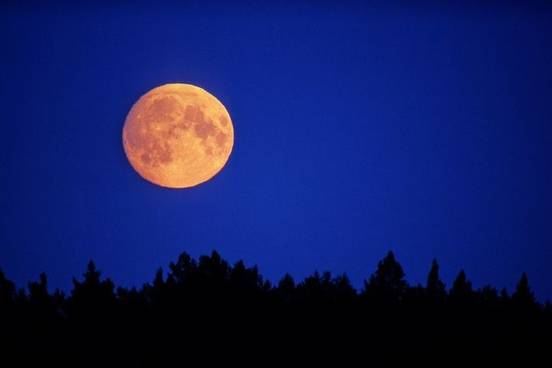
Blood Moon
What it is: a full moon that coincides with a full lunar eclipse and that has an unusually reddish appearance
During a full lunar eclipse (when the full moon is completely in the darkest part of Earth's shadow) a small amount of the sun's light from around the edges of the Earth passes through the Earth's atmosphere and hits the surface of the moon. Because of the properties of the different colors of light, the moon appears red. (More dust or particles in the Earth's atmosphere will make the moon appear redder.) The red appearance of these full moons gives them their name.
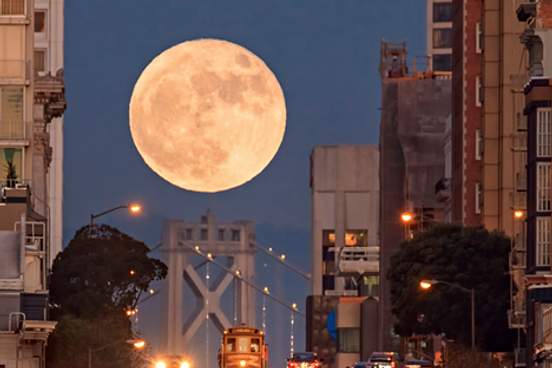
Supermoon
What it is: a full moon occurring when the moon is at or near the closest point to Earth in its orbit
When the moon orbits the Earth, it is not always the same distance from the Earth. When a full moon reaches the point in its orbit that is closest to Earth, known as the perigee, it appears brighter than at other points and so we call it a supermoon. Originally, the term supermoon was used to describe either a full moon or a new moon occurring at or near perigee but later the meaning was restricted to only a full moon at this orbital point.





